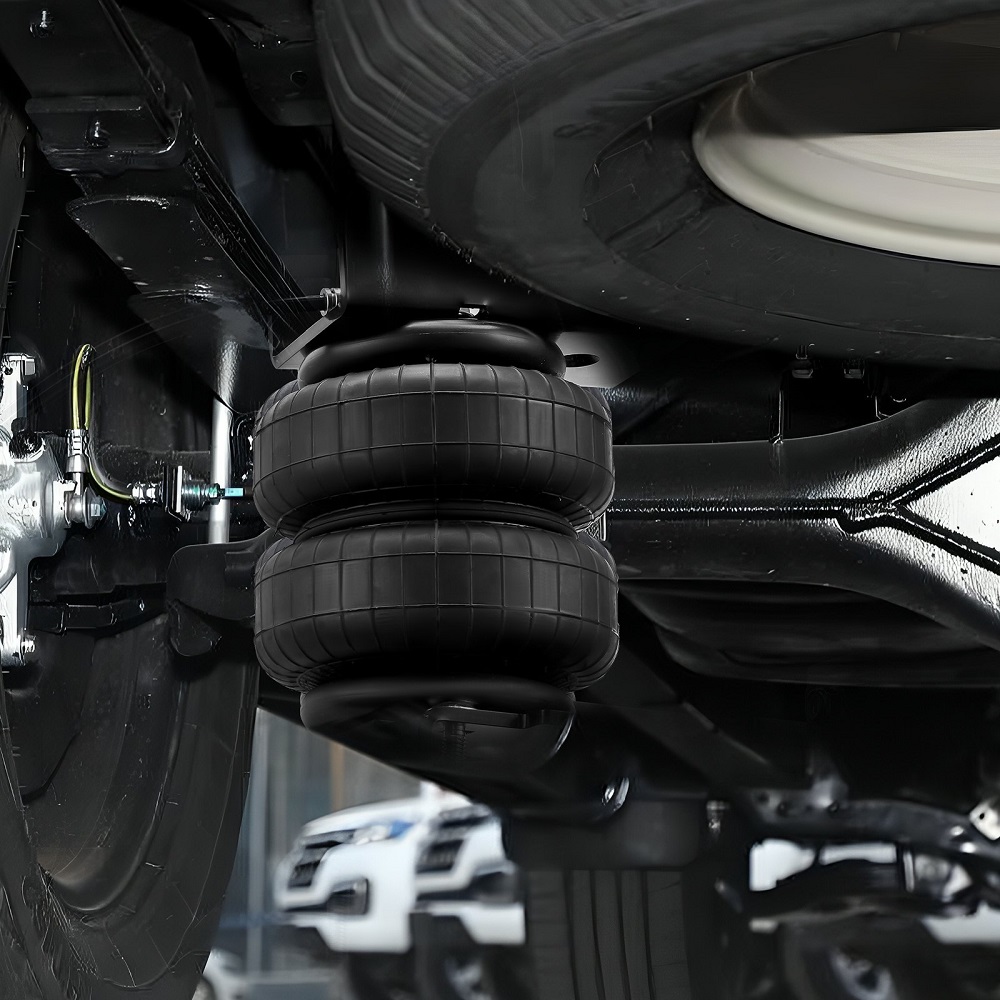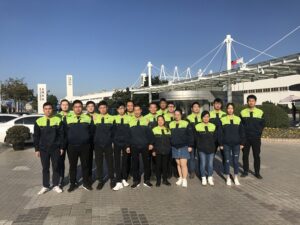What Are Automotive Vibration Isolators and Why Are They Essential for Your Vehicle?
Driving a vehicle comes with the challenge of dealing with vibrations, especially at higher speeds. These vibrations can lead to reduced performance and passenger discomfort. If left unaddressed, vibrations can also contribute to accelerated wear and tear of vital components. Automotive vibration isolators are designed to absorb these harmful vibrations, improving comfort and prolonging the life of your vehicle.
Automotive vibration isolators are crucial components that minimize vibrations and noise in vehicles, ensuring a smoother ride. They protect vehicle parts from excessive stress, enhancing performance and overall comfort for passengers.
Let’s explore why vibration isolators are so important for your vehicle and how they work to keep everything running smoothly.
1. What Are Automotive Vibration Isolators?
Automotive vibration isolators are devices designed to absorb and reduce vibrations in vehicles, ensuring a smoother and more comfortable driving experience. These isolators, made from rubber or elastomeric materials, are placed between vehicle components to absorb vibrations caused by the engine, road conditions, and mechanical movements. Vibration isolators come in various forms, such as bushings, mounts, and pads, and are essential in areas like engine mounts, exhaust systems, and suspension. These isolators help reduce noise and prevent wear on critical vehicle parts, ensuring the vehicle runs efficiently and comfortably.
2. Why Are Automotive Vibration Isolators Important?
The importance of automotive vibration isolators lies in their ability to protect vehicle components and improve overall driving comfort. By reducing vibrations, isolators minimize mechanical stress, enhance the lifespan of vehicle parts, and improve ride quality, making them indispensable for vehicle maintenance. Without vibration isolators, constant exposure to harsh vibrations can cause material fatigue and failures in components like engines, transmissions, and suspension systems. These isolators also significantly reduce noise, contributing to a quieter cabin experience.
3. Where Are Automotive Vibration Isolators Used in a Vehicle?
Vibration isolators are installed in various parts of a vehicle to provide stability and minimize the transmission of vibrations. Common applications include engine mounts, exhaust systems, suspension, and cabin insulation, all of which contribute to a smoother and quieter ride. In the engine compartment, vibration isolators help absorb engine vibrations, preventing them from impacting the vehicle’s chassis. In exhaust systems, they help to reduce engine noise and vibration. Additionally, suspension components rely on vibration isolators to mitigate road shock and ensure a comfortable driving experience.
4. What Cancels Out Vibration?
There are various methods to cancel or reduce vibrations in vehicles, primarily through the use of vibration isolators and dampeners. Vibration isolators absorb energy from vibrations, effectively canceling out the harmful effects on both the vehicle and its components. Technologies used for vibration cancelation include rubber, metal, and elastomers, which are designed to absorb and dissipate vibration energy. These materials ensure minimal impact on the vehicle’s performance and prevent damage to its internal systems.
5. How Does Vibration Dampening Work?
Vibration dampening works by absorbing and dispersing energy generated by mechanical movements, which helps reduce the transmission of vibrations. Materials used in dampening systems deform under vibration, absorbing the energy and converting it into heat or other forms of energy that do not affect the vehicle’s performance. Automotive vibration dampening typically employs rubber and elastomeric materials. These materials are effective in absorbing energy and transforming it into heat, preventing vibrations from traveling through the vehicle chassis.
6. What Is the Purpose of a Vibration Dampener?
The primary purpose of a vibration dampener is to reduce the intensity of vibrations and noise, ensuring comfort and safeguarding vehicle components. Vibration dampeners reduce the amplitude of vibrations, smoothing out the ride and alleviating mechanical stress on critical parts. Vibration dampeners are used in various parts of a vehicle, including the engine, exhaust system, and suspension. These devices are essential for reducing mechanical stress, improving vehicle performance, and enhancing passenger comfort.
7. Are Vibration Dampers Necessary?
Yes, vibration dampers are necessary for maintaining vehicle comfort, performance, and longevity. Without vibration dampers, vehicles would experience excessive noise and mechanical stress, which can lead to premature wear on parts and discomfort for passengers. Vibration dampers isolate and reduce vibrations, helping to prevent damage to suspension components, engine mounts, and other critical parts. They ensure a more comfortable ride while improving the overall vehicle lifespan.
8. What Does a Vibration Damper Do on a Car?
A vibration damper on a car works to reduce vibrations and noise, improving the overall driving experience. It absorbs and dissipates vibration energy, ensuring that vibrations do not affect the vehicle’s chassis or interior components. Found in suspension systems, engine mounts, and exhaust systems, vibration dampers reduce road shock, engine vibrations, and other mechanical movements. They play a vital role in preventing discomfort and damage to the vehicle.
9. Do Vibration Dampeners Reduce Power?
Vibration dampeners do not reduce power; instead, they help preserve optimal vehicle performance by preventing excessive wear on components. Although vibration dampers absorb energy, they do not interfere with engine power or overall vehicle performance. Rather, they protect the vehicle from vibration-induced damage. Some may worry that vibration dampers reduce vehicle power, but they are engineered to enhance performance by protecting vital systems. Their main benefit is providing comfort and protecting the vehicle’s components without affecting efficiency.
10. What Is the Best Material for Vibration Dampening?
The best material for vibration dampening depends on the specific needs of the vehicle and the types of vibrations to be mitigated. Common materials for vibration dampening include rubber, elastomers, and metal, which are chosen for their energy-absorbing capabilities. Rubber is considered one of the best materials for vibration isolation due to its excellent ability to absorb energy. Elastomers are used in environments with varying temperatures, while metals are preferred for their durability and resistance to harsh conditions.
11. What Are Vibration Isolation Materials?
Vibration isolation materials are designed to absorb vibrations and prevent them from transferring to surrounding structures. Common vibration isolation materials include rubber, elastomers, and composites, which help isolate vibrations effectively. Rubber isolator pads are one of the most commonly used vibration isolation materials, especially in high-performance machinery like pumps and compressors. Other examples include vibration isolation methods, passive vibration isolation techniques, and the use of elastomeric materials in complex systems.
12. What Is Vibration Isolation?
Vibration isolation refers to the process of preventing vibrations from transferring from a vibrating source to the surrounding structure. By employing specialized materials and systems, vibration isolation minimizes the effect of vibrations on machinery and equipment. Vibration isolation is achieved using methods such as vibration isolators for pumps and other sensitive equipment. Passive vibration isolation uses natural materials to absorb vibrations and protect equipment from damage caused by excessive mechanical movements.
Summary:
Automotive vibration isolators and dampeners are essential for maintaining vehicle comfort, performance, and component longevity by reducing harmful vibrations.






